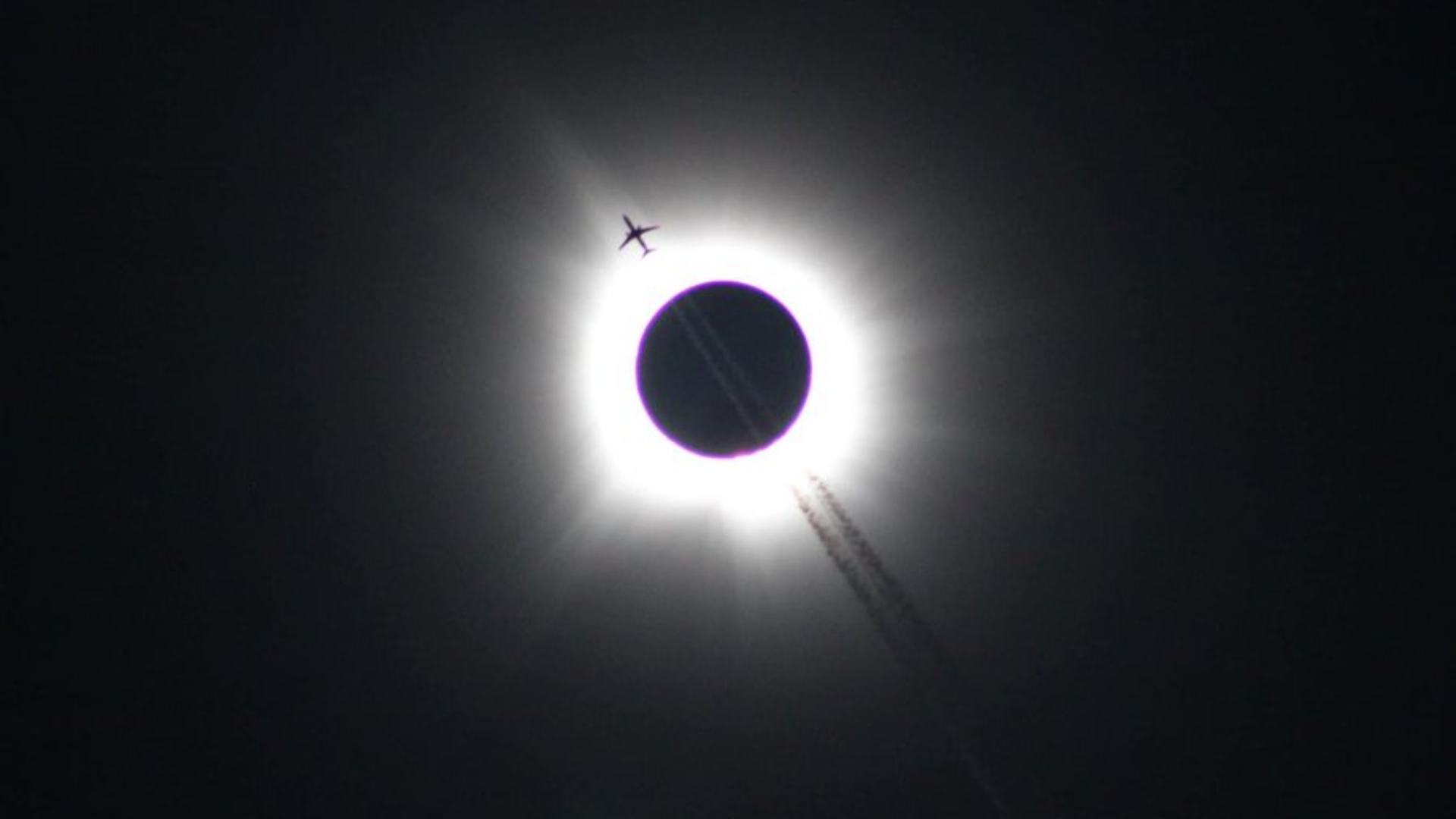Astronomy enthusiasts and stargazers are in for a treat this month, as the second Chandra Grahan (lunar eclipse) of 2024 is set to occur on September 18. This celestial event promises to be an exciting spectacle, although it will not be visible in India due to the Moon being below the horizon during the eclipse.
Timings of the Chandra Grahan
While the lunar eclipse will be visible in various parts of the world, those in India will miss out on the phenomenon. Here are the key timings for the event, based on Indian Standard Time (IST):
- Penumbral Eclipse Begins: 6:11 AM
- Partial Eclipse Begins: 7:42 AM
- Maximum Eclipse: 8:14 AM
- Partial Eclipse Ends: 8:45 AM
- Penumbral Eclipse Ends: 10:17 AM
Despite India’s inability to witness this partial eclipse firsthand, the event remains significant, especially from religious and cultural perspectives.
What Happens During a Chandra Grahan?
A lunar eclipse occurs when the Earth aligns between the Sun and the Moon, casting its shadow on the lunar surface. This alignment results in the Moon being partially or fully obscured. In the case of a partial lunar eclipse, only a section of the Moon enters the Earth’s shadow, giving it a reddish hue. According to NASA, the Earth’s shadow will grow and recede without fully covering the Moon during this partial eclipse.
Its Visibility in India
Although this particular Chandra Grahan won’t be visible in India due to the Moon’s position, it remains a topic of interest for its spiritual and cultural relevance. Indians can still follow live streams of the event or observe rituals associated with the eclipse.
Astrological and Religious Significance
In Hindu culture, lunar eclipses are often considered inauspicious. Despite the lack of visibility, many Indians will observe traditional precautions and rituals related to the eclipse. This eclipse also coincides with Bhadrapada Purnima and the first day of Shraddh in Pitru Paksha, making it especially important in religious contexts.
Clarification on the Eclipse Date
The actual lunar eclipse will occur on September 18, but some confusion may arise due to the start of sutak kaal on September 17. Religious practices tied to the eclipse begin a day earlier, though the Chandra Grahan itself will take place on September 18.
For those unable to view the event directly, the significance of this celestial moment lies in its cultural impact, serving as a reminder of the cosmic connections that shape both spiritual and scientific understanding.























